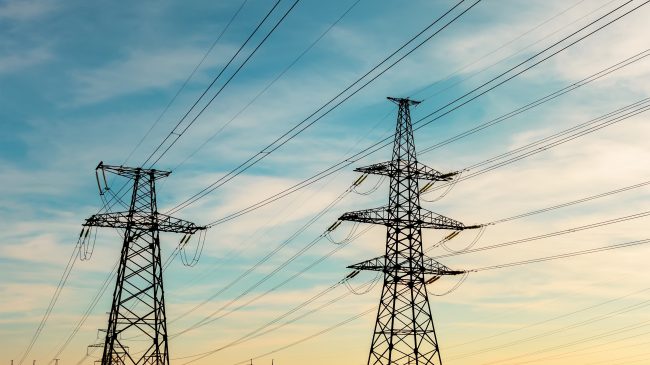With a campaign season upon us, politicians and other usual suspects are again in full swing, promoting over-the-top rhetoric about how the world will end if we don’t vote a certain way. One area of unusual focus this year has been Question 3, a proposed amendment to the Nevada Constitution that would require the Legislature to create “an open, competitive retail electric energy market.”
It’s rare that citizens get a chance to vote on their right to choose among electricity providers. In the states that have established competitive retail markets for electricity, it has never been accomplished at the ballot. As a constitutional amendment, the measure must pass the ballot twice consecutively. It already garnered 72 percent of the vote in 2016, so, if a simple majority of Nevada voters approve Question 3 this year, it will become law.
This reality has led NV Energy, the state’s current monopoly electricity provider, to pour nearly $12 million into ads intended to scare Nevadans about the implications of choice and competition.
The most oft-cited example is a half-hearted and botched attempt at implementing a retail electricity market by California nearly 20 years ago. But that’s a poor example because California’s regulation included so much price-fixing and needless mandates that it’s hard to characterize the effort as a real attempt at providing consumers with electric choice to begin with.
Essentially, California prohibited any movements in the price of retail electricity but deregulated prices on the wholesale market. It simultaneously required utilities to purchase power from independent power plant but prohibited them from signing long-term contracts. The entire framework was poorly constructed and destined to fail from the outset.
The good news for Nevadans is California’s botched attempt is an extreme outlier in the world of electric choice. At least a dozen states have created competitive retail electricity markets, according to the U.S. Department of Energy, and no others have experienced the crisis that California lawmakers created for themselves with their poor design.
In fact, ending the monopoly structure for electric utilities has been a huge success in most states. Texas created electric choice in 2002. Last year, the Texas Public Utilities Commission reported that retail electric rates have declined by as much as 63 percent since 2001. Texans now face electric rates as low as 4.5 cents per kilowatt-hour, compared to a national average of 13.45 cents. Meanwhile, Nevada’s monopoly structure has led to an overall price increase of 23 percent over the same timeframe and a price of 11.7 cents per kilowatt-hour today for residential customers, according to data from the Department of Energy.
Further, contrary to claims from opponents who say choice is incompatible with so-called “renewable” power sources like wind and solar, Texas’ power generation mix has grown to include more and more renewable sources in the years since its choice program was established.
Nearly every argument being offered against electric choice is little more than a straw man. Of the total $11.9 million raised in opposition to the measure, NV Energy has contributed almost all of it, using money earned from ratepayers. The existing monopoly framework is good for NV Energy, because its profits are broadly determined as a percentage of its costs. As a result, NV Energy knows it can be inefficient and less responsive to its customers than businesses that must compete to attract and retain customers. After all, being tired of dealing with a costly, subpar electricity provider is why Nevadans have forced this issue onto the ballot to begin with.

